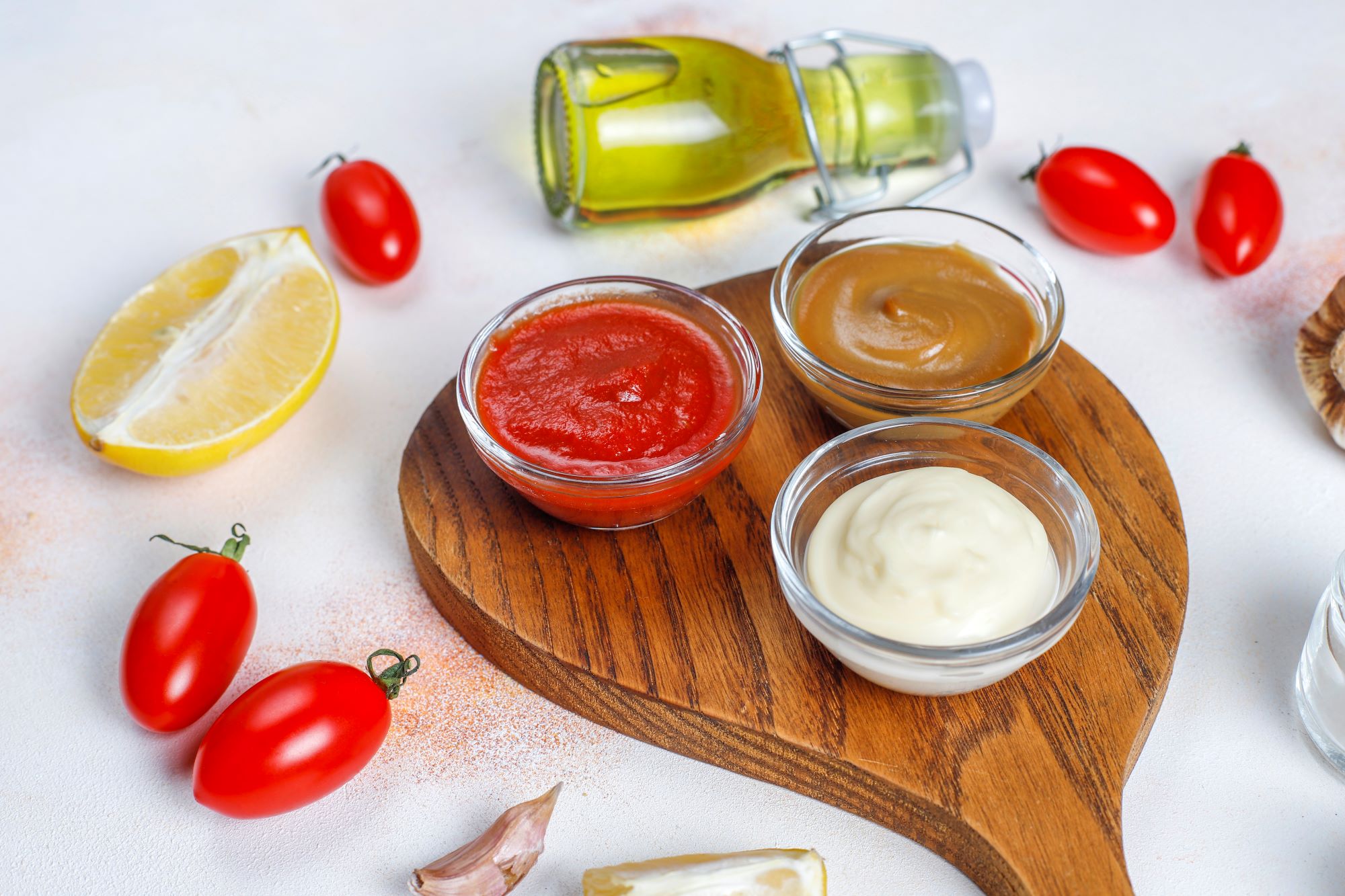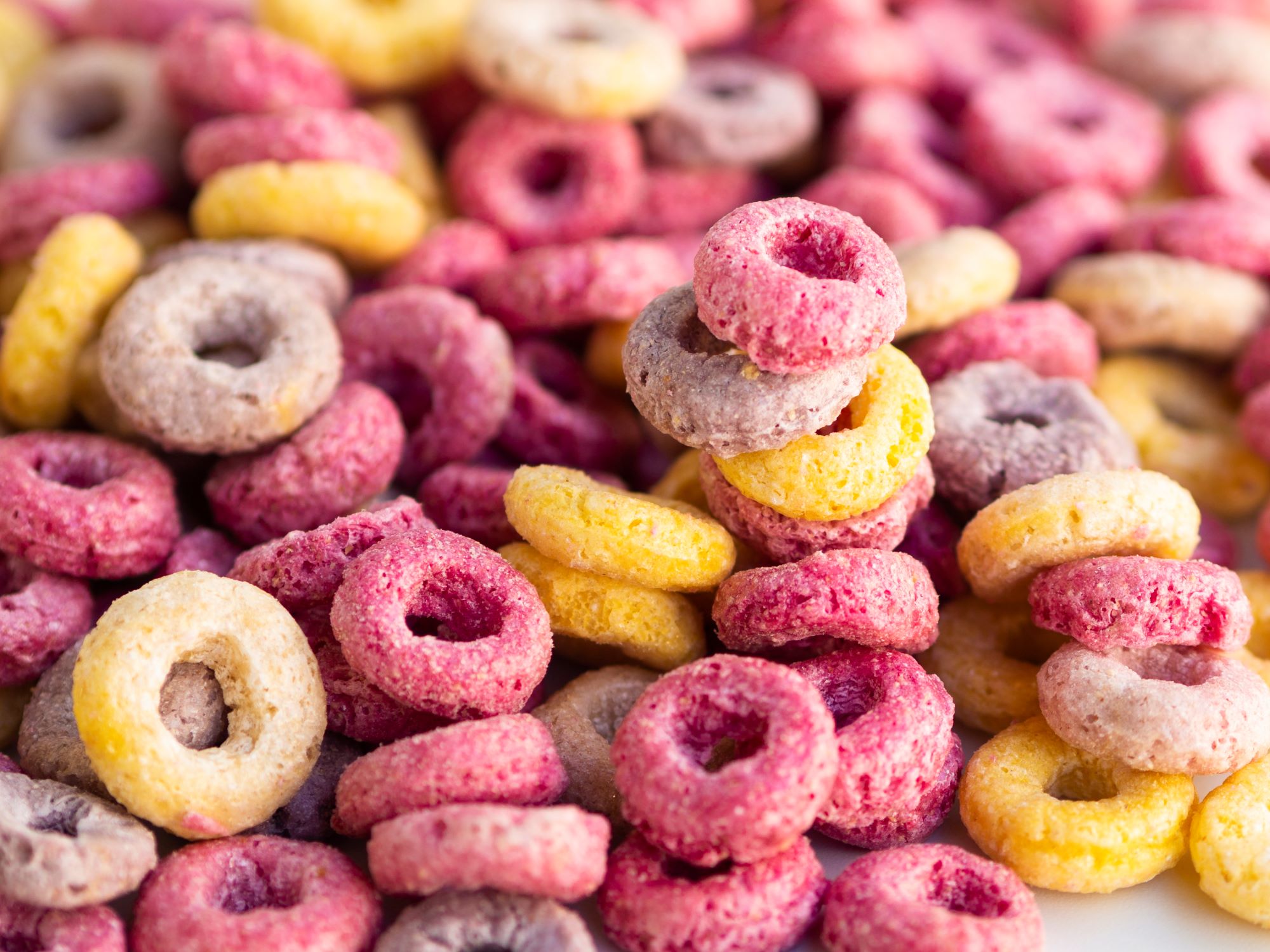Thailand’s FDA announced a new document outlining the recommended use of ingredients in caffeinated beverages in October 2022.
Caffeinated beverages can be use ingredients according to Annex 1 and Annex 2 without a safety assessment or permission because these ingredients have been evaluated by FDA.
Annex 1
Caffeinated beverages for both liquid (all pack sizes) and gel type (pack size > 100 ml) can contain the following ingredients:
| No. | Ingredient | Allowable quantity / unit of packing |
| 1. | Caffeine* | Not more than 50 mg |
| 2. | Vitamin B1 | 0.5 – 20 mg |
| 3. | Vitamin B2 | 1.3 – 7.5 mg |
| 4. | Vitamin B6 | 1 – 7.5 mg |
| 5. | Vitamin B12 | 2.5 – 20 μg |
| 6. | Nicotinamide | 10-38 mg |
| 7. | Inositol | 25-75 mg |
| 8. | Glucuronolactone | 0.2-0.9 g |
| 9. | Taurine | 0.13-1.5 g |
I. Sources of caffeine include synthetic caffeine (Caffeine Anhydrous) or green tea extracts by providing caffeine ≥30%
II. Caffeine content in the product must be calculated from all components that provide caffeine.
III. Caffeine content is based on FDA requirements.
Annex 2
Ingredients from Annex 2 shall only be used in liquid caffeinated beverages.
A. Vitamins, minerals and other substances besides the extract
| No. | Ingredient | Allowable quantity / unit of packing |
| 1. | Vitamin A | Not more than 800 μg |
| 2. | Folate | Not more than 50 μg |
| 3. | Biotin | Not more than 39.5 μg |
| 4. | Pantothenic Acid | Not more than 46.7 mg |
| 5. | Vitamin C | Not more than 68.5 mg |
| 6. | Vitamin E | Not more than 5.984 mg |
| 7. | Magnesium | Not more than 70 mg |
| 8. | Zinc | Not more than 7.5 mg |
| 9. | Selenium | Not more than 14 μg |
| 10. | Collagen | Not more than 150 mg |
| 11. | L-Lysine | Not more than 50 mg |
| 12. | L-Arginine | Not more than 45 mg |
| 13. | L-Carnitine | Not more than 420 mg |
| 14. | L- Glutathione | Not more than 67 mg |
| 15. | Choline | Not more than 50 mg |
| 16. | D-Ribose | Not more than 250 mg |
| 17. | Fruit juice (for flavoring only) | Not more than 1% |
| 18. | Guarana Flavour | Caffeine content in guarana flavour when calculated with caffeine in Annex 1, must not exceed 50 mg |
B. Extract
| No. | Scientific name | Extract | Part of use | Solvent | Active ingredient | Allowable quantity / unit of packing |
| 1 | Lycium barbarum Lycium chinense | Wolfberry extract/ Goji berry extract | Fruit | Water | Polysaccharides | 913.5 mg |
| 2 | Cynara scolymus L | Artichoke extract | Leaves | Water | Acids as Chlorogenic acid/Cynarine/Flavonoids as Luteolin-7-glycoside | 18.9 mg |
| 3 | Panax ginseng C.A. Mey. | Ginseng extract/Korean ginseng | Root | Water-Ethanol /Water | Ginsenosides | 461 mg (Calculated as fresh weight) |
| 4 | Ganoderma lucidum (FR.) Karst. | Reishi mushroom extract | Cap | Water | Polysaccharide | 50 mg (Calculated as fresh weight) |
| 5 | Kaempferia parviflora wall.Ex Baker | Krachai Dam extract/ Black galingale extract | Rhizome | Water | Phenolic compounds | 100 mg (Calculated as fresh weight) |
| 6 | Aloe arborescens Mill. Aloe barbadensis Mill. Aloe ferox Mill. Aloe vera (L.) Burm.f. | Aloe Vera extract | gel from leaves | Water | Polysaccharides (Contains less than 1 ppm of Aloin) | 10 mg (Aloin less than 15 mg/day) |
| 7 | Pinus Pinaster Aiton | French maritime pine bark extract | Peel | Ethanol | Procyanidins | 10 mg |
References
Food and Drug Administration. (2022). FDA Announcement: Recommendations for the use of ingredients in caffeinated beverages






